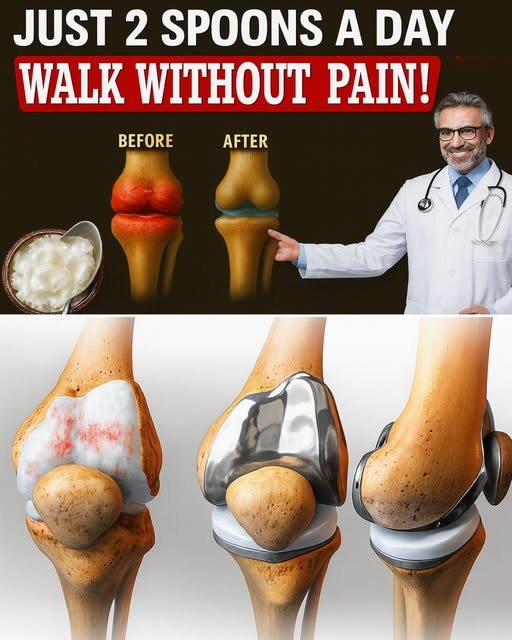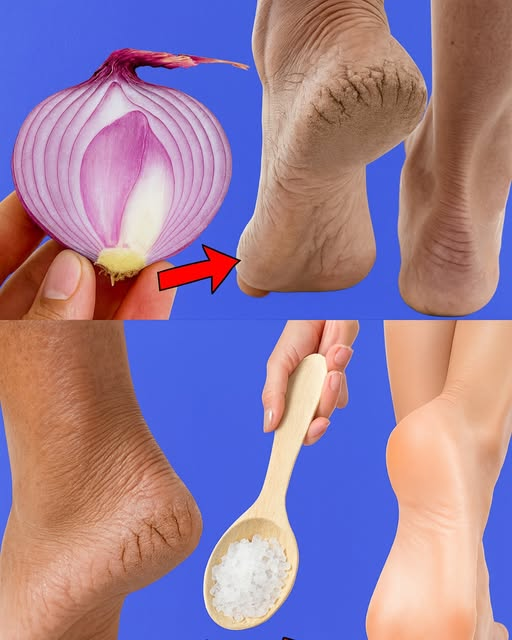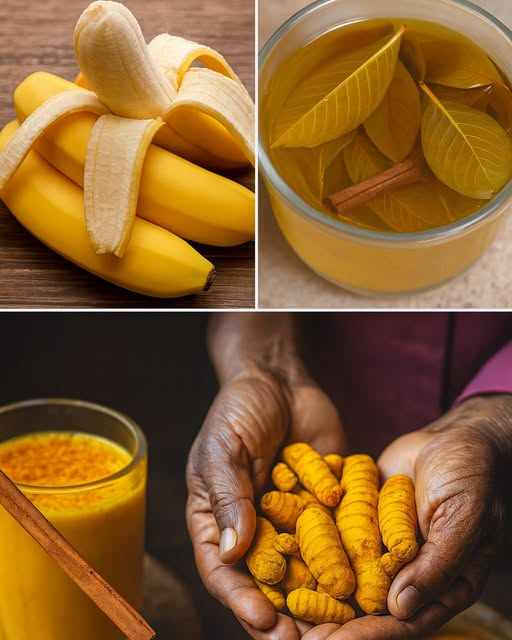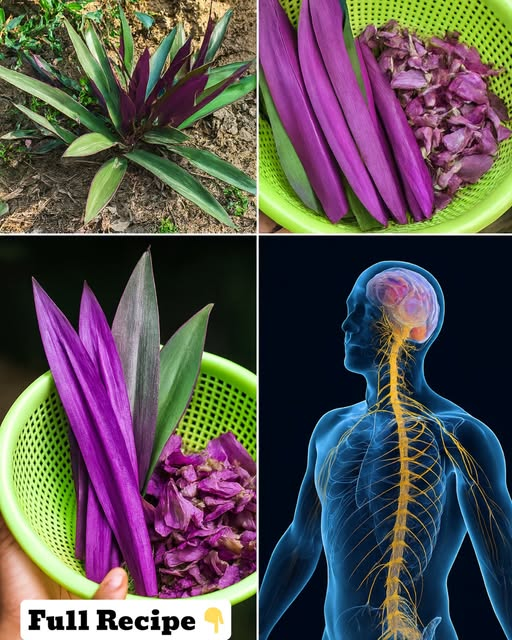By the time we reach 50, our bodies begin to show the natural effects of aging. According to the National Institutes of Health, nearly 1 in 2 adults over age 50 experiences some degree of joint discomfort and approximately 10 million Americans are affected by osteoporosis. Stiff knees, sore hips, and aching hands are common complaints, but many people don’t realize that diet plays a crucial role in long-term joint mobility and bone strength.

Instead of relying solely on supplements or prescriptions, you can also nourish your body through simple lifestyle changes—one of the easiest being the addition of fresh, nutrient-rich juices. Certain vegetables, herbs, and fruits provide the key vitamins, minerals, and anti-inflammatory compounds your body needs to stay mobile, energized, and strong well into later years.
In this article, you’ll discover which ingredients are most beneficial for joint and bone health after 50, why they work, and how to turn them into a simple, refreshing juice you can enjoy at home.
Why Joints and Bones Weaken After 50
Understanding the root causes helps explain why nutrition matters so much in midlife and beyond.
- Cartilage breakdown: Years of wear and tear reduce the cushion between bones.
- Inflammation: Chronic low-grade inflammation can make joints stiff and sore.
- Loss of bone density: Both men and women gradually lose bone mass, increasing the risk of osteoporosis.
- Reduced synovial fluid: The natural lubrication in joints decreases with age.
- Nutrient deficiencies: A lack of calcium, vitamin D, magnesium, or vitamin C worsens the problem.
The good news? The right nutrients can slow these changes and help your body repair itself more effectively.
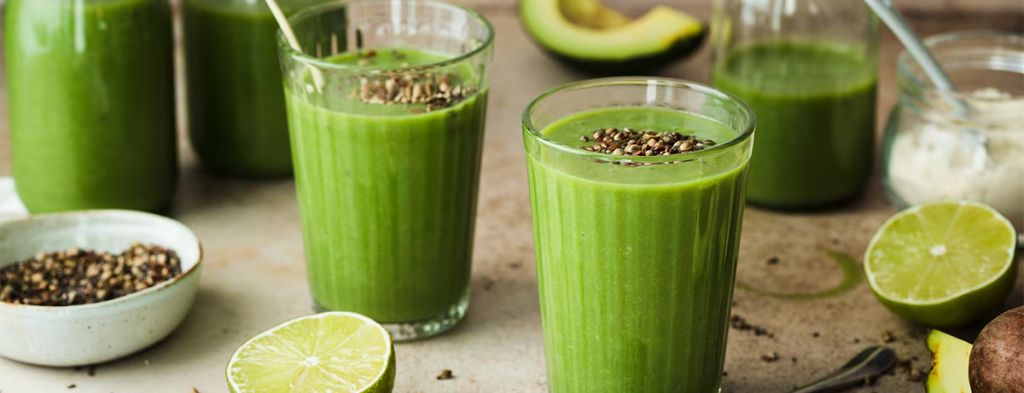
Key Juice Ingredients That Support Joint and Bone Health
Celery
- Rich in vitamin K, which is essential for calcium absorption and bone health.
- Contains anti-inflammatory compounds such as apigenin and luteolin.
- Hydrates the body and supports circulation, helping to reduce stiffness.
Parsley
- High in vitamin C, necessary for collagen formation in cartilage and ligaments.
- Provides flavonoids that reduce oxidative stress in tissues.
- Acts as a mild natural diuretic, which helps with fluid balance and reduces swelling.
Cucumber
- Contains silica, a trace mineral that supports connective tissue and bone integrity.
- Naturally hydrating, helping to lubricate joints.
- Supports detoxification by flushing out minor waste buildup around joints.
Ginger
- Well-studied for its natural anti-inflammatory properties, sometimes compared to NSAIDs.
- Helps reduce stiffness and discomfort, especially in the knees and hips.
- Supports digestion, indirectly improving nutrient absorption.
Citrus (Lemon or Orange)
- Packed with vitamin C, vital for immune function and collagen synthesis.
- Adds flavor while delivering antioxidants to protect cartilage and bone tissue.
- Helps the body better absorb plant-based iron and other minerals.
Optional Add-Ins
| Ingredient | Benefit |
|---|---|
| Turmeric + Black Pepper | Curcumin supports inflammation reduction; black pepper boosts absorption |
| Spinach or Kale | Adds calcium, magnesium, and vitamin K for stronger bones |
| Apple | Enhances flavor while delivering polyphenols and antioxidants |
Simple Juice Recipe for Joint and Bone Support
Ingredients
- 2 stalks celery
- ½ cucumber
- 1 handful parsley
- 1-inch piece of fresh ginger
- Juice of 1 lemon or ½ orange
- ½ cup water or coconut water
Instructions
- Wash all produce thoroughly.
- Chop into smaller pieces if using a blender.
- Blend or juice until smooth. Strain if desired.
- Drink fresh, ideally in the morning on an empty stomach.
Tip: For best results, enjoy this juice 2–3 times per week as part of your wellness routine.
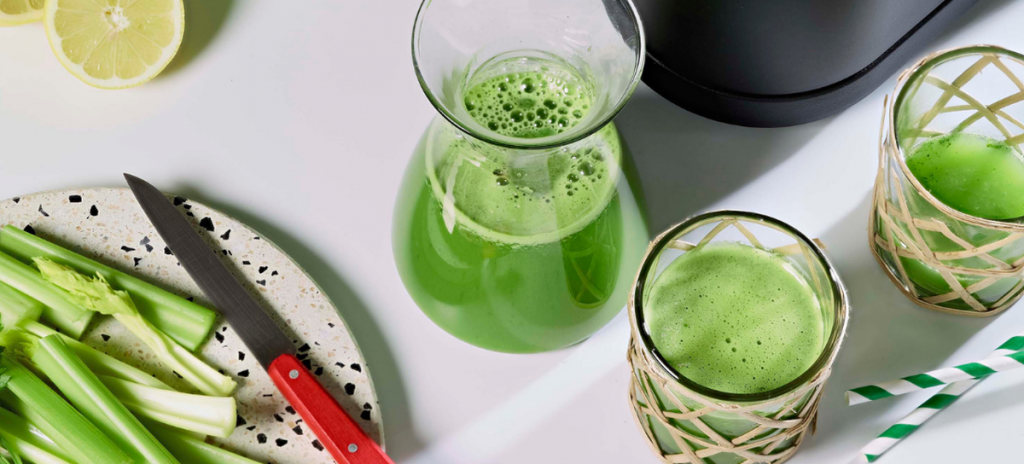
What to Expect from This Juice
It’s important to set realistic expectations. This juice will not reverse arthritis or rebuild cartilage overnight, but with consistent use, you may notice:
- Less morning stiffness in joints.
- Better hydration and overall energy.
- Gradual support for bone density and connective tissue.
- Improved nutrient intake without supplements.
Just like exercise or stretching, the benefits build up gradually over weeks and months.
Additional Lifestyle Tips for Healthy Joints and Bones After 50
- Move every day: Walking, swimming, or yoga keeps joints flexible.
- Strength train twice a week: Helps preserve bone density and muscle strength.
- Get enough calcium and vitamin D: Either through diet or supplements.
- Avoid smoking and excessive alcohol: Both weaken bones over time.
- Stay hydrated: Joints need fluid to stay lubricated.
- Maintain a healthy weight: Less strain on hips, knees, and spine.
When to See a Doctor
While natural remedies can help, it’s important to seek medical advice if:
- Pain or stiffness lasts more than a few weeks.
- Swelling, redness, or warmth occurs around joints.
- Movement becomes restricted, affecting daily activities.
- You experience frequent falls or fractures.
In these cases, your doctor may recommend imaging, lab tests, or a structured treatment plan to prevent further damage.
Conclusion
Your body naturally changes with age, but that doesn’t mean you must accept constant pain or limited mobility. By adding nutrient-rich juices made with ingredients like celery, ginger, parsley, cucumber, and citrus, you can gently support your bones and joints while boosting overall wellness.
It’s a small daily habit that nourishes your body from the inside out—and may help you stay active, strong, and confident well into your later years.
Important Note: This article is for informational purposes only and should not replace professional medical advice. Always consult your healthcare provider before starting any new health regimen, especially if you have existing conditions or are taking medication.

